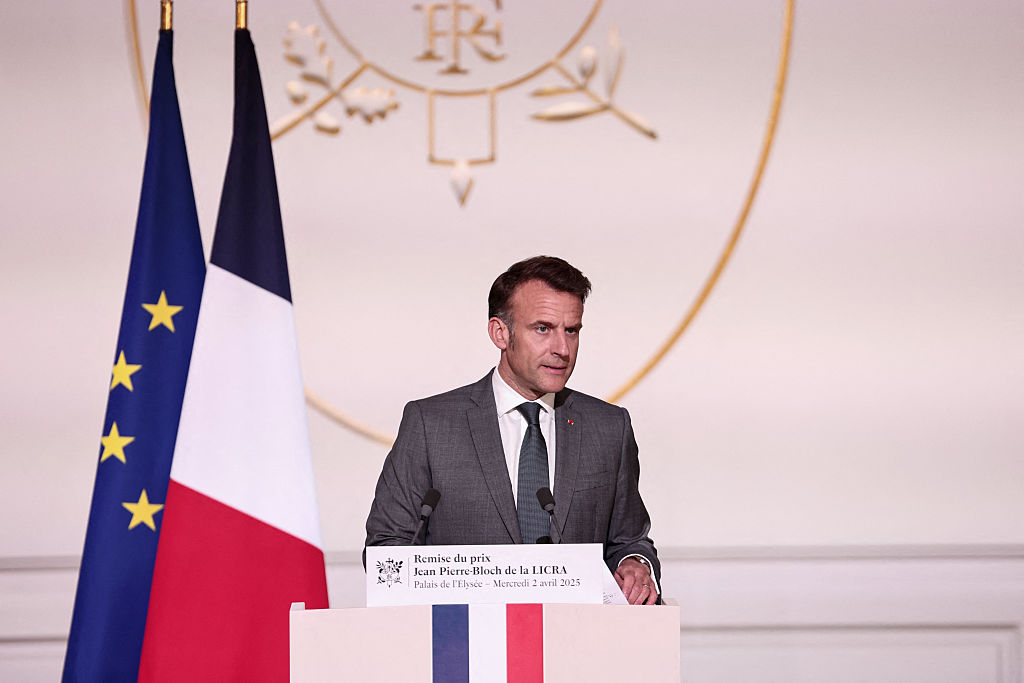Good Morning!
Guggenheim Asher Associates art advisory has ‘imploded’ after nearly 40 years in business founders’ legal battle.
France weighs launching heritage body modeled on the UK’s National Trust.
Christie’s reports $2.1 billion in sales for the opening six months of 2025, matching the total for the same period in 2024.
The Headlines
GUGGENHEIM VS. ASHER Two major galleries—Tim Blum’s and Adam Lindemann’s—have shuttered recently. Now, a top-tier art advisory has “imploded,” per Artnet News. After nearly four decades in business together, the founders of Guggenheim Asher Associates, Barbara Guggenheim and Abigail Asher are suing one another in New York Supreme Court, each alleging serious misconduct. “Allegations of fraud, tax evasion, misappropriation of funds, abuse, and exploitation shatter the polished veneer of an ultra-high-end firm whose clients included celebrities like Steven Spielberg and Tom Cruise and corporations such as Sony and Coca-Cola,” Artnet reports. The dispute began quietly last August, when Guggenheim accused Asher of misappropriating more than $20.5 million. Since then, the case has grown to 119 filings—mostly out of public view, until now. Is the bitter breakup a sign of the market’s instability, or just a personal split gone very wrong?
Related Articles

NATIONAL TRUST ‘À LA FRANÇAISE.’ It’s rare for the French to openly take cues from their British neighbors, but France’s culture secretary Rachida Dati recently floated the idea of creating a National Trust similar to the UK’s, according to the Art Newspaper. The model was discussed during French President Emmanuel Macron’s state visit to the U.K.—the first by a European leader since Brexit. On July 9, Dati and U.K. culture minister Chris Bryant signed two cooperation agreements focused on film and heritage. That same day, Marie Lavandier, president of France’s Centre des Monuments Nationaux, signed a declaration of intent with the UK’s National Trust, the National Trust for Scotland, and English Heritage. The agreement promotes collaboration on conservation practices, sustainable business models, public engagement, and climate-conscious tourism. Lavandier had previously met with the British organizations in April, and the new pact includes plans for a biennial forum on heritage policy. The initiative builds on Lavandier’s July report, A French National Trust, a Community Committed to a Living Heritage, presented to Dati.
The Digest
A new platform spotlighting art, culture, and ideas from the global majority is set to open in London this October. Called Ibraaz—Arabic for “to shine a light on”—it will span six floors and 10,000 square feet in a Grade II listed building at 93 Mortimer Street. A press release calls it “a bold model as a cultural institution championing forthright expression, critical discourse, and collective imagination.” [The Guardian]
Though small in size, the Netherlands has made an outsized mark on world art, from the 17th-century Old Masters to Van Gogh’s vibrant works and the bold geometry of 20th-century modernism. Amsterdam’s Big Three museums reflect this, but the city has much more to offer. Here are the top 10 museums in the Dutch capital, according to the Telegraph. [The Telegraph]
A cache of artwork left in the basement of the County Hall in Kent, UK is heading to auction. The 350-piece collection—lithographs, linocuts, screen prints, etchings, and engravings—depicts locales such as Dover, Maidstone, Canterbury, and Sepham Heath. It’s estimated to bring in £45,700 ($61,000). [BBC]
Christie’s has reported $2.1 billion in sales for the first half of 2025, matching the total from the same period last year. While luxury sales contributed almost $500 million, Christie’s Global President Alex Rotter told journalists during a Zoom call that 2025’s plateau was partly down to “renewed interest” in “pockets of 20th- and 21st-century art.” [ArtDependence]
The Kicker
SUMMER READING MATERIAL. Artnet’s staff has revealed its picks for the best art books of all time. “Summer is a great time to revisit the art books we love best. They’re not necessarily best sellers or famous or familiar titles. Our team members each share the one seminal art or art history book they find unforgettable,” the piece reads. The list includes Hold Still (2015) by Sally Mann, which Annie Armstrong says is “part account of life in rural Virginia, part reflection on her photographic career (scandals and misinterpretations included), and part intense meditation on family.” “Art lovers will get hooked by her easter eggs about Cy Twombly—like the story of his odyssey through Virginia antique stores to find a childhood painting of a sailboat,” she adds. Andrew Russeth picked Margot and Rudolf Wittkower’s Born Under Saturn (1963), writing that it is “so rich with rare information, and so wildly entertaining, that I have been tempted to keep it to myself.” Kate Brown went withHigh Price (2009), written by Isabelle Graw in the wake of the 2008 financial crash. “The book reads like both diagnosis and warning: the market isn’t just shaping how art is bought and sold—it’s shaping what art is, and what it means,” Brown writes. There are five more books on the list worth checking out. [Artnet News]

